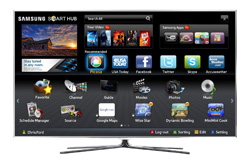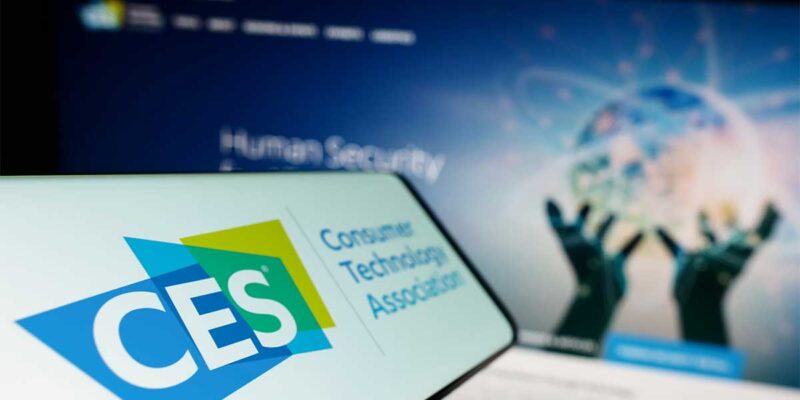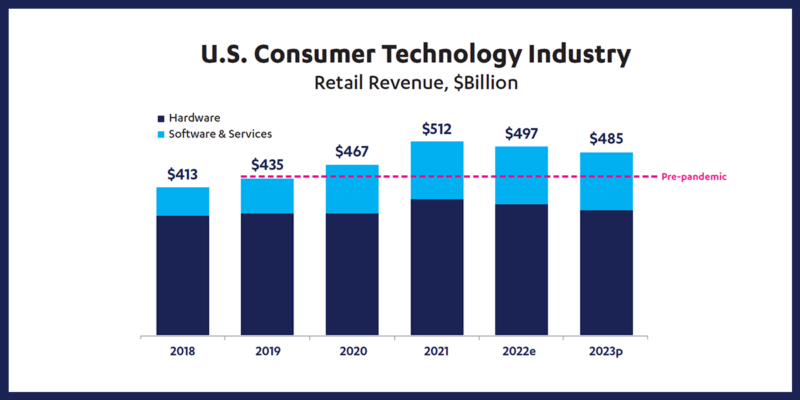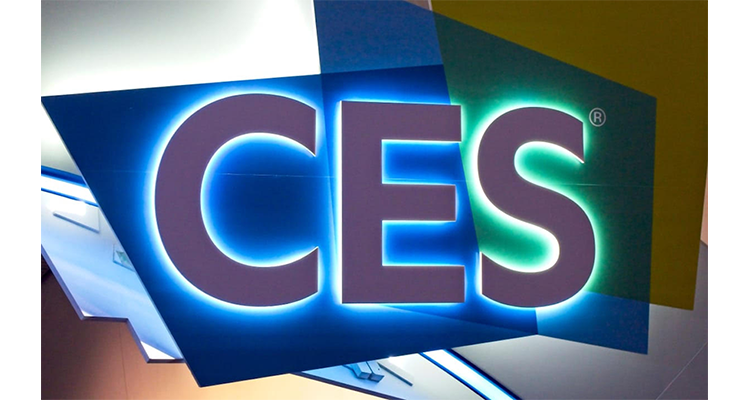Connected Conundrum and CES
 Earlier this month was the International assault on Las Vegas that tests business travelers’ patience, attentiveness and immune system resilience, also known as CES. This was my 11th trip in a row, a light count for many, but a very important visit from my perspective. Our research has shown that the TV industry is at a crossroads: Continue down the path of developing more advanced features to embed in the TV set, or allow other connected devices to take over the TV experience and turn the beautiful large display that many of us count on for hours of entertainment into a dumb monitor.
Earlier this month was the International assault on Las Vegas that tests business travelers’ patience, attentiveness and immune system resilience, also known as CES. This was my 11th trip in a row, a light count for many, but a very important visit from my perspective. Our research has shown that the TV industry is at a crossroads: Continue down the path of developing more advanced features to embed in the TV set, or allow other connected devices to take over the TV experience and turn the beautiful large display that many of us count on for hours of entertainment into a dumb monitor.
The path chosen by TV and CE manufacturers, and the consumers who use their products, will significantly reshape the future of the CE industry. It’s one of the main topics for our upcoming US FPD: Smart Devices conference in March.
Before I share what I learned from the show, I want to share a quick personal story about “TV” entertainment.
Just after Thanksgiving, my wife and I decided to perform an experiment. We would pretend the TV in the living room was “broken” and leave it off for the entire month of December. We have three small children, so you can imagine this was not a decision we took lightly. Our other CE devices include two iPhones, an iPad and a 32” bedroom LCD TV with an Apple TV connected to it. We wondered: How our household would react to not watching TV in the living room on a regular basis?
The answer was: what TV?
We still watched plenty of “television” via streamed content (Netflix and Hulu Plus) but consumed it in entirely new ways. Smart phones became quick 10 minute distractions to learn about dinosaurs via a video clip or app. The iPad became a kitchen TV to catch up on the latest TV episode while making dinner. The bedroom became a movie theater to watch a movie as a special event, complete with popcorn. In short, we watched less mindless TV, and instead consumed it in bites-sized chunks of targeted content in specific situations, but on new devices. At the end of the month we became official cord-cutters, cancelling our pay-TV subscription. Access to our desired content is not always easy, seamless and uniform across devices, and we wish that it were. At the same time, we found ourselves easily adapting to the circumstance with the devices we had precisely because they all had a high degree of redundancy and overlap of services.
Circling back to CES I found that TV makers have been very busy improving their Smart TV offerings and enhancing them with even more features such as better gesture controls and voice recognition. At the same time, in a parallel universe, these same companies were adding many of the same features to their tablets and smartphones, or announcing partnerships with connected devices makers that also performed many of the same functions. To borrow a gambling strategy, CE companies are covering all possible bets, allowing the consumer to choose which set of options works best.
And therein lies the connected conundrum: Devote precious R&D resources to multiple solutions or choose one solution, and execute at a high level? Do companies pursue proprietary connected device strategies (like Apple) or open platforms (like Google), and across which devices? Does a company determine the best solution for the consumer or wait for consumers to signal their preferred solution? Come to San Jose on March 18-19 to hear more about this conundrum!
This article was reprinted with permission from DisplaySearch and originally appeared here.





